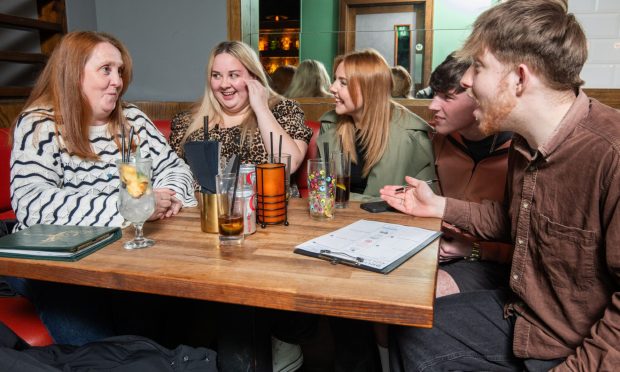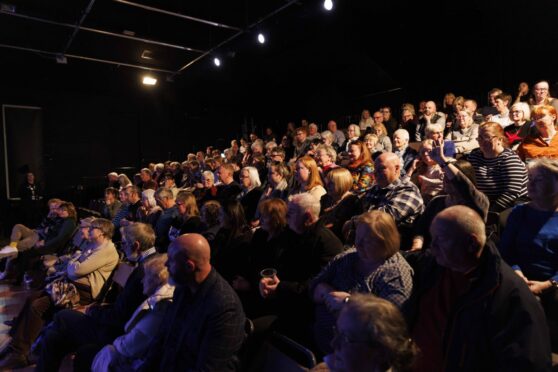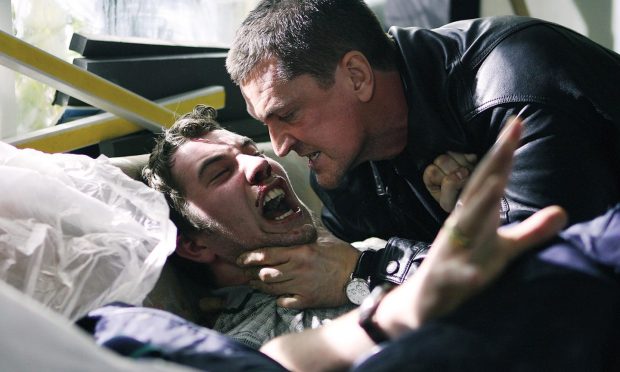I HAVE been a fan of Dame Laura Knight for umpteen years and would make wall-space for any examples of her work. Indeed, I would cheerfully remove the output of some of her contemporaries to make space for this pioneering female artist.
Knight (1877-1970) was a practitioner of several styles. She painted an image of herself painting a nude in 1913, grew in renown, was made a Dame in 1929 and became the first woman elected into the Royal Academy in 1936. But, from humble origins, she focused much of her art on disenfranchised groups, such as gypsies and performers.
Perth has, for example, Circus Matinee, an oil purchased in 1938 showing backstage performers with horses. Dundee has two works: The Last Act, a confusing assemblage of acrobats and gymnasts painted in 1929, and the later work Ascot Finery.
Knight was also an official war artist during the Second World War – one of only three women to travel abroad during the conflict – and, from memory, her work is included in Perth Art Gallery’s current ‘Art of War’ exhibition.
Incidentally, her sister Evangeline, a well-known artist in her own right, provided textile designs to Don Brothers in Dundee. Evangeline also designed pottery for Clarice Cliff and introduced her sister to ceramics.
There were more arrows in Dame Laura Knight’s artistic quiver, however.
Illustrated is a wonderful vintage poster showing Knight in playful mood in 1929, assembling four young girls in an evocative pre-war seaside setting for a poster for the London and North East Railway’s travel guide, The Holiday Handbook, which cost inter-war travellers sixpence in old money.
It is brim-full of movement and life, with shuffling clouds forming the perfect backdrop to a carefully-constructed study – balanced in colour, in shape, even by what the barefoot girls are wearing – two with costumes, two in frocks, two facing left, two right.
The poster is rare. Carrying hopes of $4,000-$6000 into Swann’s auction in New York, with some minor repaired tears and small creases, the poster was knocked down for $4750, inclusive of the buyer’s premium.
But doesn’t it stylishly capture the interwar train-to-the-coast holiday era?










